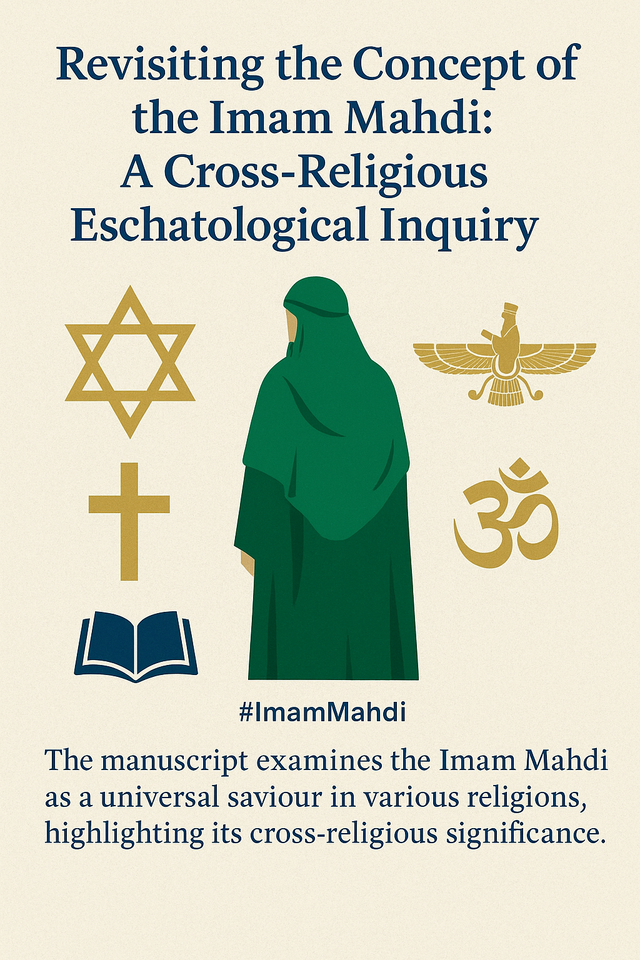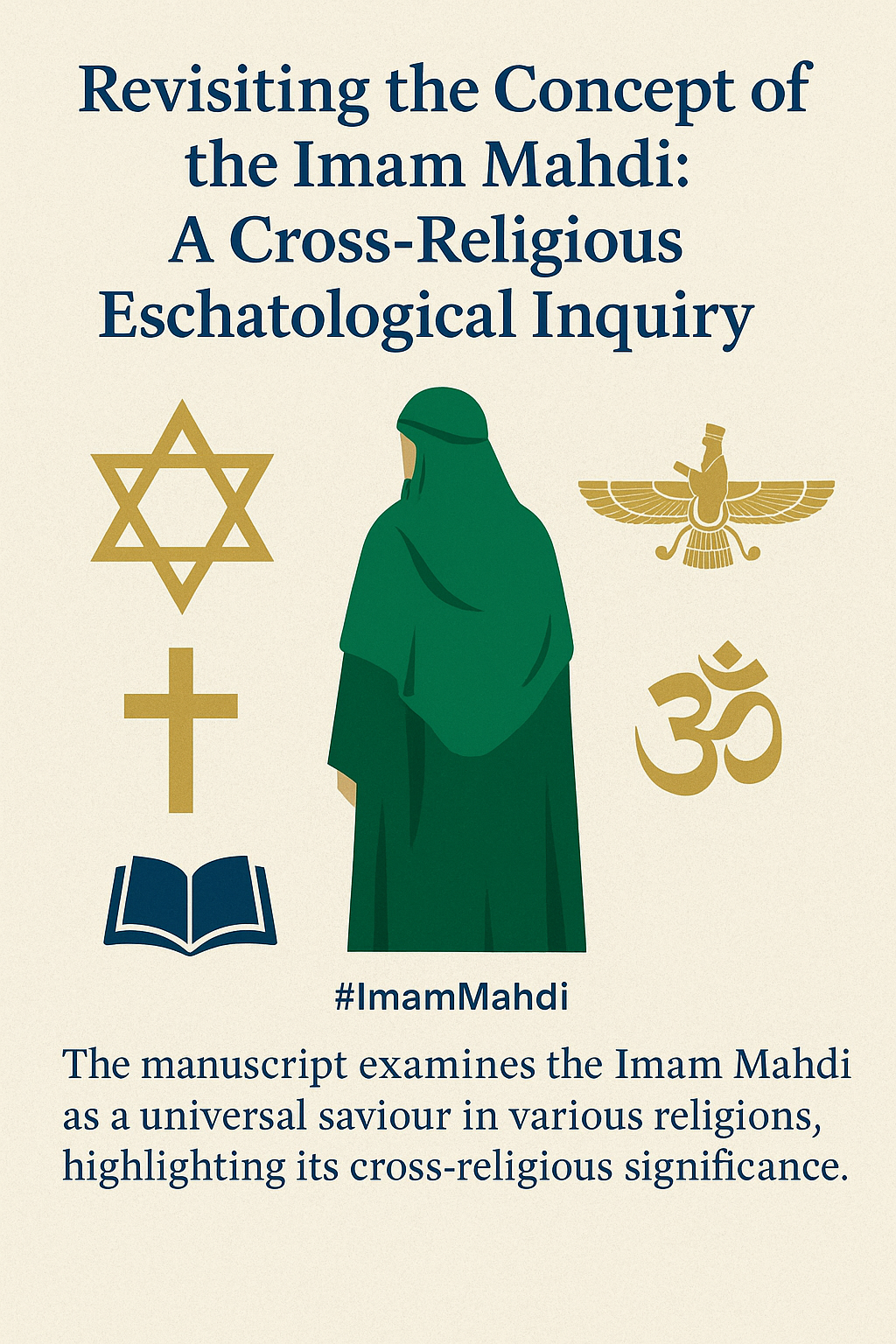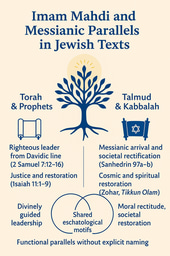Revisiting the Concept of the Imam Mahdi: A Cross-Religious Eschatological Inquiry
Published in Philosophy & Religion

Dear colleagues and fellow researchers,
Hello
Hope you are doing well
I am pleased to share a brief overview of my recent work on the eschatological figure of the Imam Mahdi, explored through a comparative lens across multiple religious traditions. My intention is to open a scholarly dialogue around the cross-cultural and interreligious dimensions of messianic expectation. I warmly invite researchers from the fields of Islamic studies, comparative religion, theology, philosophy of history, and related disciplines to engage with this inquiry and contribute to an expanded understanding of this significant topic.
The concept of a final redeemer—an agent who restores justice, overturns oppression, and brings history to its consummation—emerges with remarkable regularity across diverse religious traditions. In a recent manuscript, Imam Mahdi in World Religions: A Universal Saviour from the Lineage of Fatima, I revisit this eschatological figure through a comparative and analytically grounded framework. My aim is to interrogate why the expectation of a universal saviour appears to transcend confessional boundaries and how the Islamic figure of the Imam Mahdi can be situated within this broader interreligious landscape.
The study argues that the Mahdist narrative is neither an isolated doctrinal construct nor an exclusively sectarian belief. Instead, it resonates with themes found in Jewish, Christian, Zoroastrian, and even Indo-Iranian eschatologies. From the Davidic Messiah to the Paraclete, from Saoshyant to Vishnu’s final avatāra, the motif of a divinely guided restorer points toward a shared human intuition about historical renewal and moral restoration.
One of the manuscript’s central contributions is the emphasis on the Mahdi’s lineage through Fatima, a dimension often overlooked in comparative analysis. This maternal link not only anchors the Mahdi within a specific prophetic genealogy but also reconfigures discussions on sacred inheritance, gendered sanctity, and spiritual authority in late antique and medieval thought. The Fatimid connection—symbolically charged and historically rich—offers a fruitful avenue for re-examining how lineage functions in the construction of eschatological legitimacy.
By positioning the Mahdi within a comparative eschatological framework, this research invites scholars to reconsider long-standing boundaries between Islamic studies, late antique religions, anthropology of hope, and philosophy of history. It suggests that the figure of the Mahdi may serve as a lens through which larger questions of universal justice, transhistorical expectation, and eschatological imagination can be examined with renewed rigor.

- Judaism — The Davidic Messiah
Jewish eschatology speaks of a righteous descendant of David who restores justice and inaugurates an era of peace. Some comparative scholars have noted thematic parallels between this expected restorer and the Islamic concept of the Mahdi, particularly in regard to lineage, justice, and historical renewal. - Christianity — Eschatological Restorer Motifs
Christian texts describe figures such as the Paraclete or the returning Christ who bring truth, guidance, and final justice. In comparative studies, these motifs are sometimes examined alongside Mahdist themes, especially regarding the restoration of justice in an age of corruption. - Zoroastrianism — The Saoshyant
Perhaps one of the earliest Indo-Iranian formulations of a world-redeemer, the Saoshyant is depicted as a divinely supported restorer who defeats evil and renews creation. Scholars frequently highlight structural similarities between this figure and later Islamic eschatological models. - Hinduism — Kalki Avatar
Hindu eschatology anticipates the appearance of Kalki, who emerges at a time of moral decline to re-establish justice and dharma. Comparative mythology places Kalki within a global pattern of saviour archetypes, which can be fruitfully studied in relation to Mahdist expectations.
One of the manuscript’s unique contributions is the emphasis on the Mahdi’s maternal lineage through Fatima, a feature less often discussed in comparative studies. This dimension challenges us to consider how sacred genealogy, spiritual inheritance, and gendered sanctity shape eschatological legitimacy across traditions.
I welcome dialogue with researchers working on related fields—Islamic eschatology, comparative religion, messianic studies, cross-cultural mythology, or philosophical theology—who may be interested in extending this discourse or exploring collaborative inquiry.




Please sign in or register for FREE
If you are a registered user on Research Communities by Springer Nature, please sign in